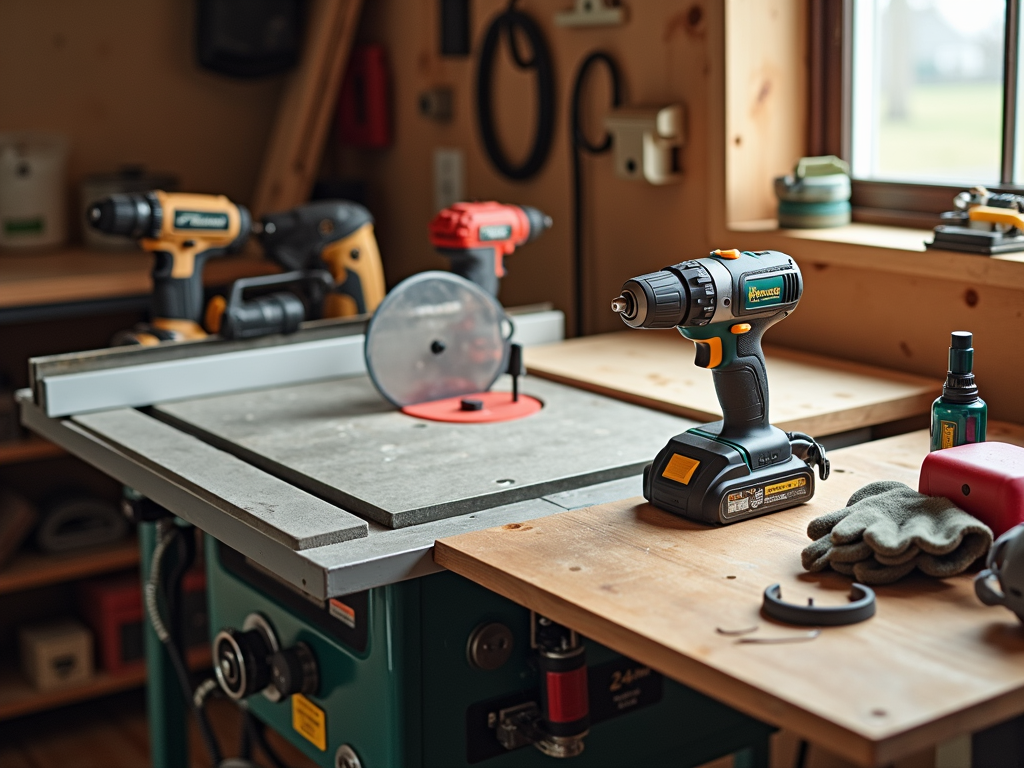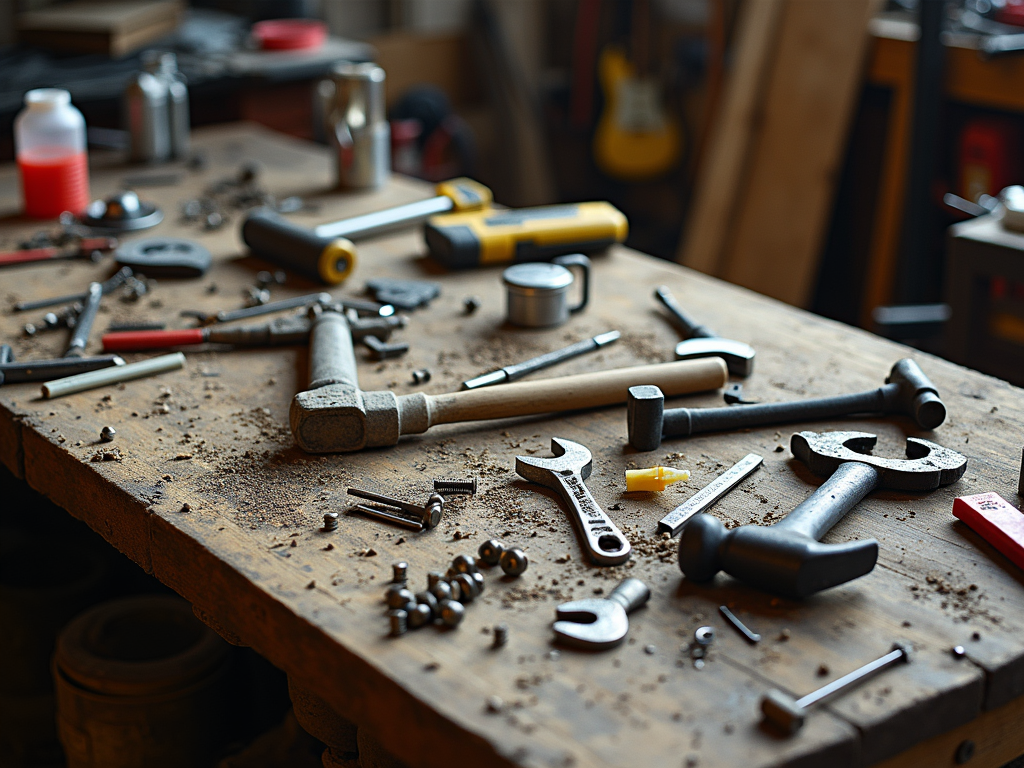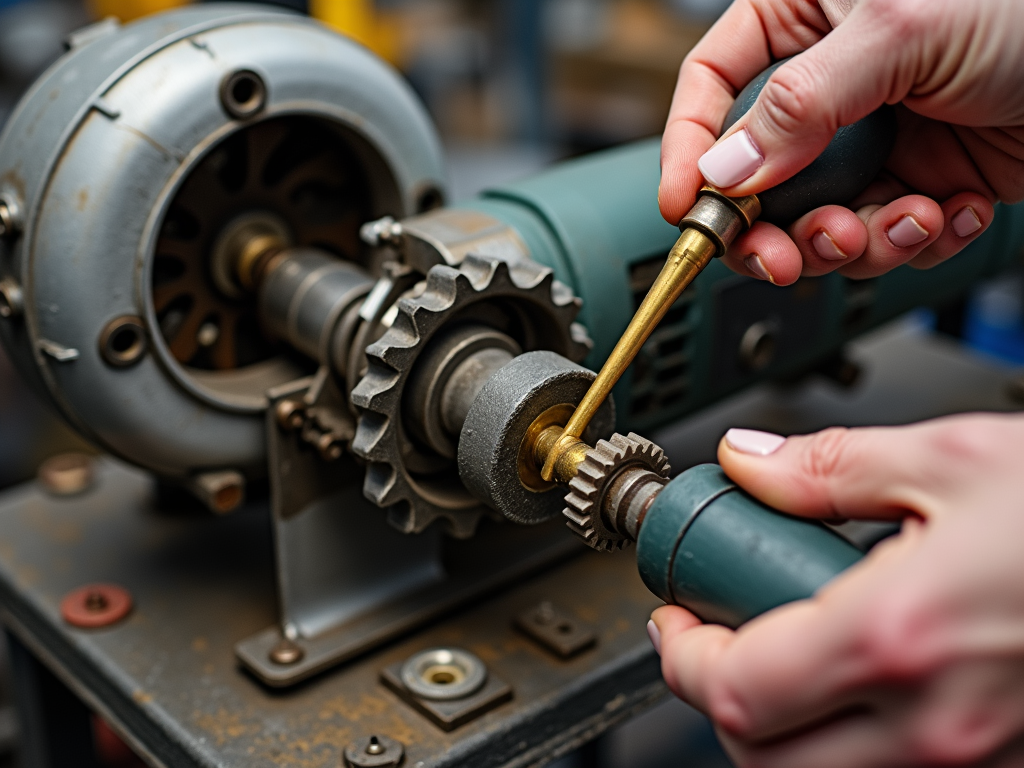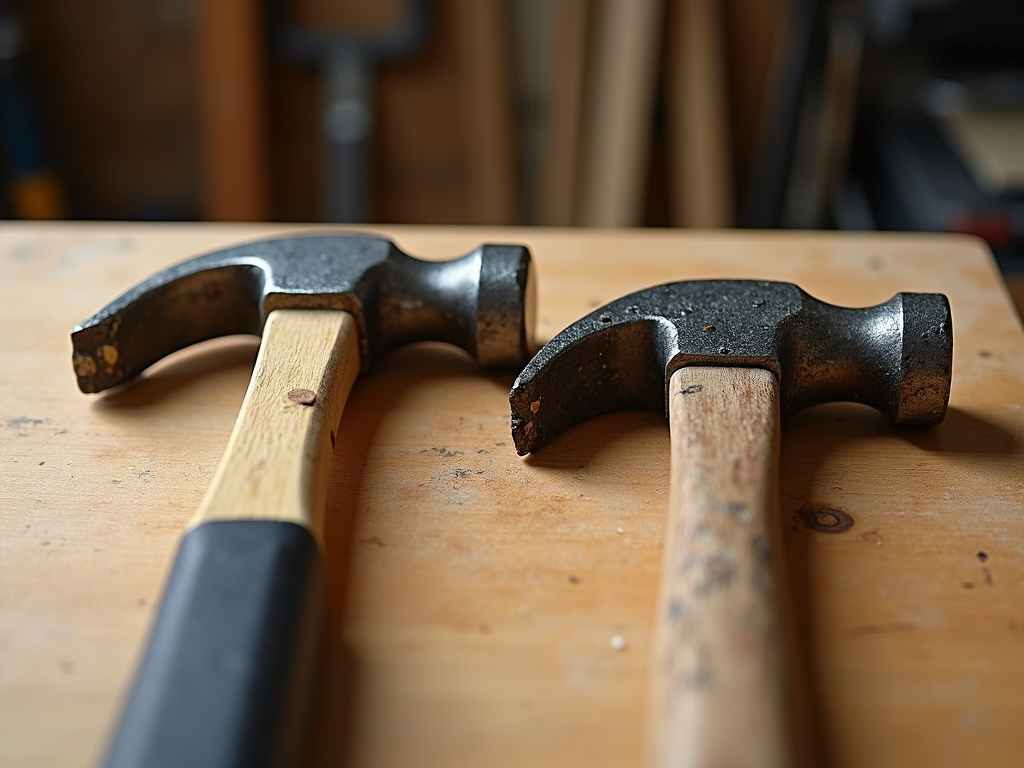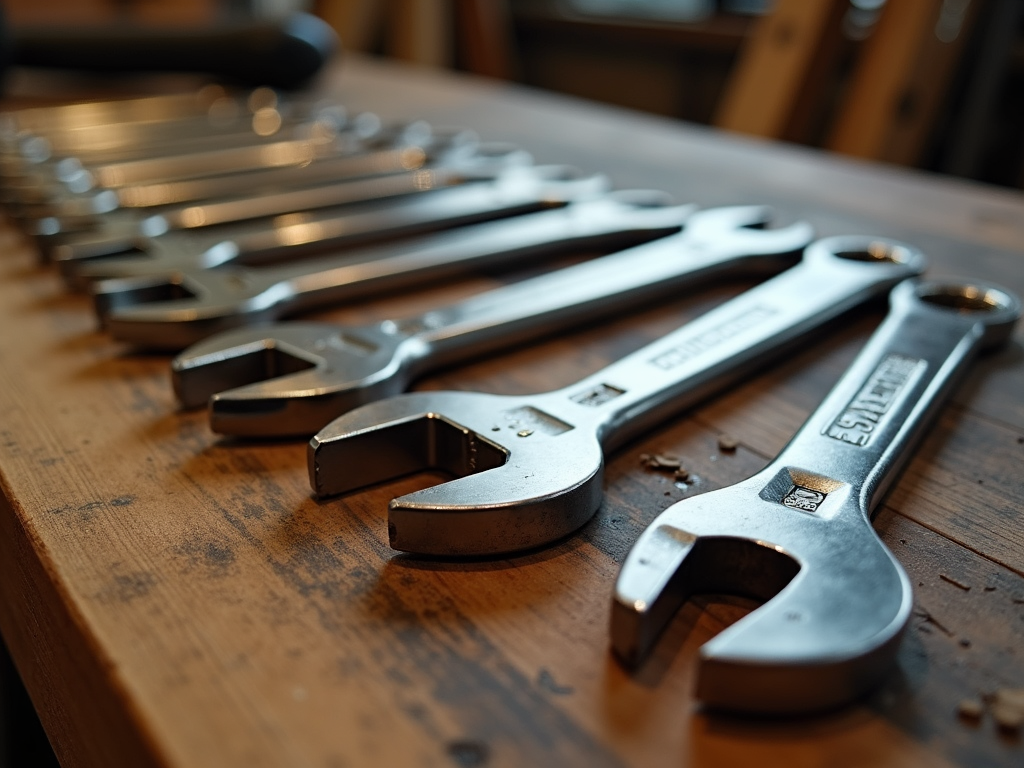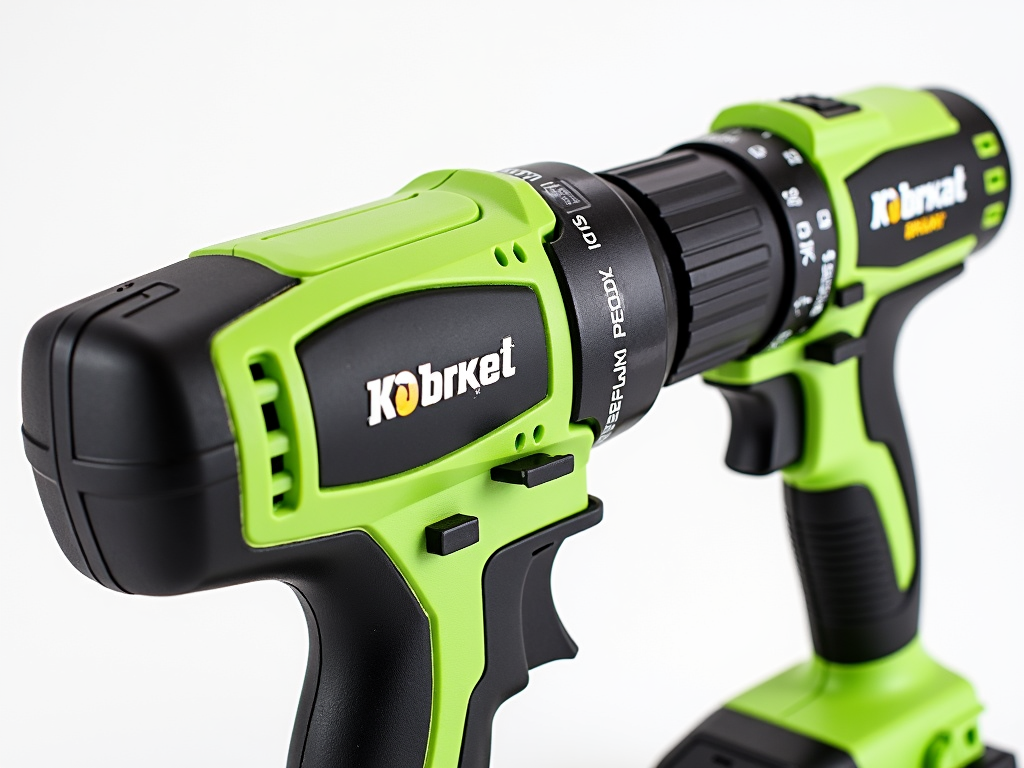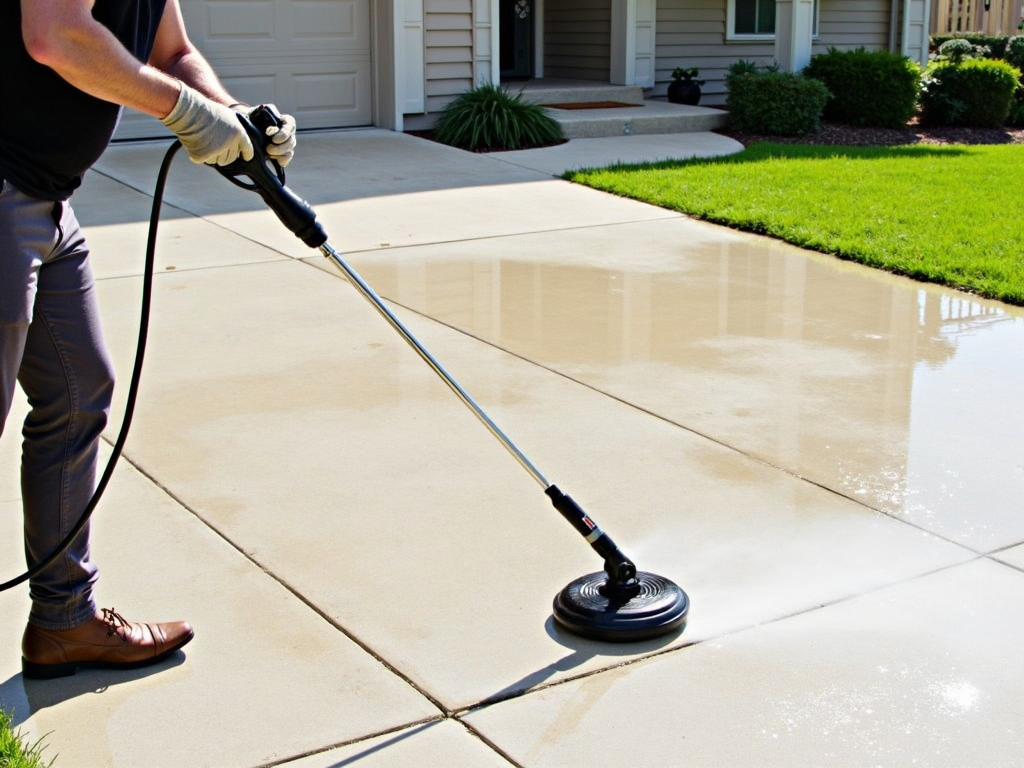Cordless power tools make projects easier with their portability and convenience. This guide explores the key features to look for in cordless power tools, helping you pick the right one for your needs in a simple, straightforward way.
Why Cordless Power Tools Matter
Cordless tools have changed how we work. No cords mean you can move freely, whether you’re in a workshop, on a ladder, or outside. They’re powered by batteries, so you don’t need an outlet nearby. This makes them perfect for DIY projects or professional jobs in tough spots.
But not all cordless tools are the same. With so many options, it’s easy to feel lost. That’s why knowing the key features to look for in cordless power tools is so important. Let’s break it down step by step.
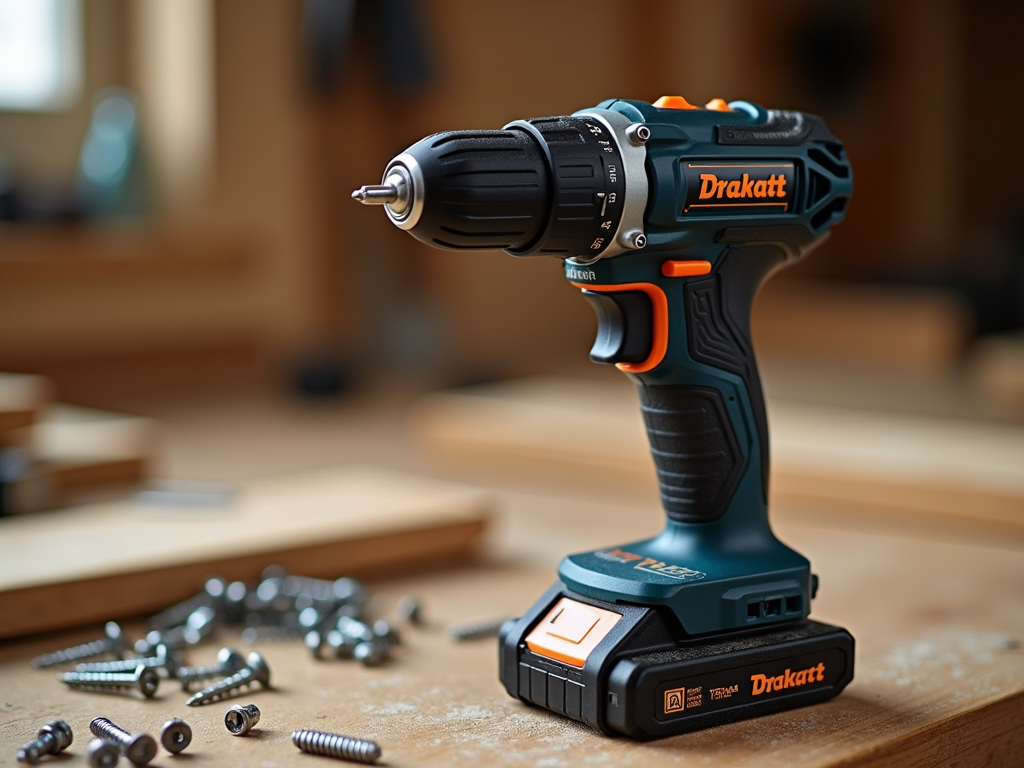
Key Features to Look For
When you’re shopping for cordless power tools, focus on these features. They’ll affect how well the tool works, how long it lasts, and how comfortable it is to use.
1. Battery Life and Type
The battery keeps your tool running. Lithium-ion batteries are the best choice these days. They last longer, charge faster, and hold power better than older types like nickel-cadmium. Look at the voltage (like 18V or 20V) and amp-hour rating (Ah)—higher numbers mean more power and runtime.
From my experience, a 4.0 Ah battery can handle hours of drilling without dying. I once built a bookshelf with a cordless drill, and the battery lasted through the whole project. Brands that let you swap batteries between tools are a big plus too.
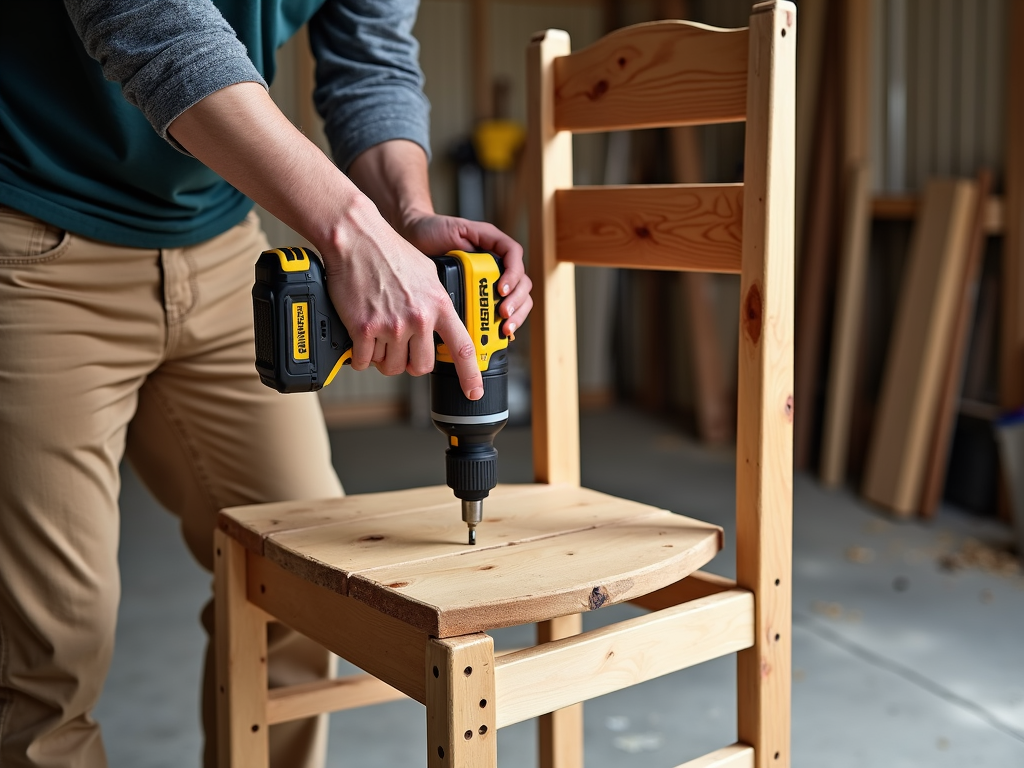
2. Power and Performance
Power decides what your tool can do. For drills or drivers, check the torque—it’s how much twisting force it has. For saws or grinders, look at speed, usually in RPM (revolutions per minute). More power helps with tough materials like metal or thick wood.
Here’s a tip: match the power to your tasks. I used a low-torque drill for small home fixes and it worked fine. But when I tried cutting hardwood with a weak cordless saw, it struggled. Know what you’ll use it for before buying.
3. Ergonomics and Design
A tool should feel good in your hand. Look for a comfy grip, balanced weight, and extras like rubber padding. Some tools have LED lights to brighten dark spots, which I’ve found super helpful when working under cabinets.
I’ve used a cordless sander that was powerful but heavy—my arm hurt after 10 minutes. Another time, a lightweight drill with a soft grip made a long project feel easy. If you can, hold the tool first to see if it fits you.
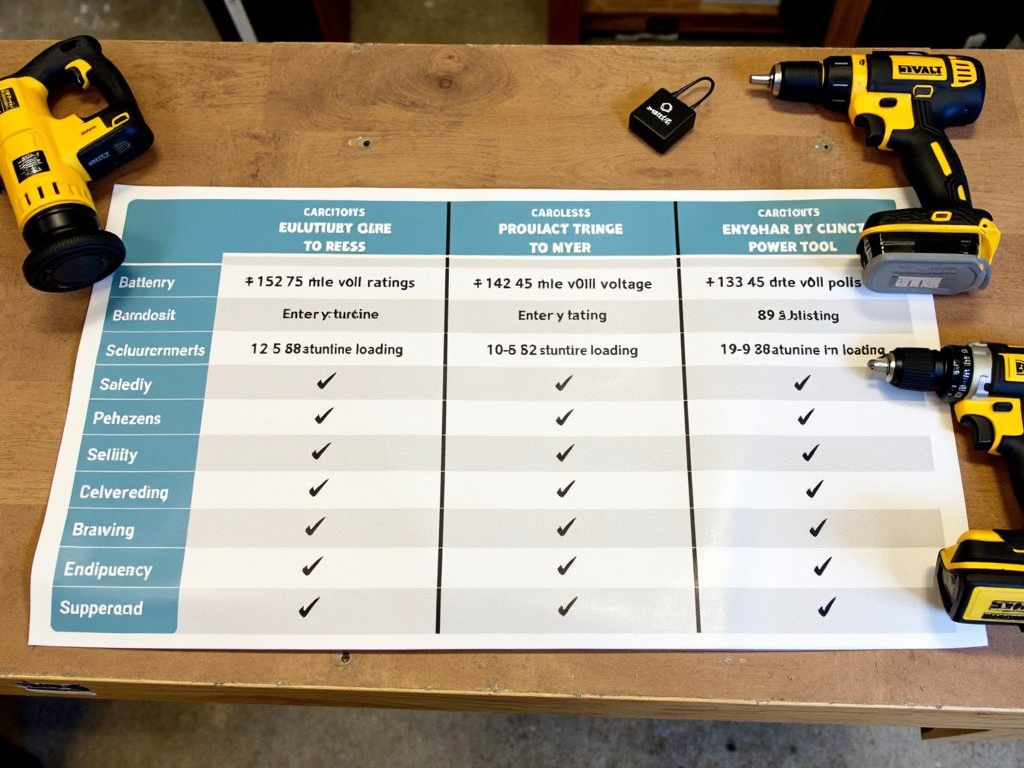
4. Durability and Build Quality
Good tools last. Check for strong materials like metal gears instead of plastic. Some are built to resist dust and water too, which matters if you work outside. A solid tool can take a few drops without breaking.
Once, I dropped a cheap cordless drill off a ladder—it stopped working right after. But my sturdier one from a trusted brand has survived years of rough use. Spend a little more for something that won’t quit on you.
5. Versatility and Attachments
Versatile tools save space and money. Some drills double as screwdrivers with the right bits. Others come with attachments like sanding pads or saw blades. Combo kits with multiple tools are great for beginners.
I bought a cordless multi-tool once. With different heads, it cut, sanded, and scraped—perfect for small jobs. If you’re starting out, look for something that does more than one thing well.

6. Brand Reputation and Warranty
A good brand stands behind its tools. Companies like DeWalt, Makita, and Milwaukee are known for quality and support. A solid warranty—say, two or three years—means they’ll fix or replace it if something breaks.
I’ve had a Makita drill for years, and when the battery died early, their customer service sent a new one fast. Check reviews online or ask friends who use power tools. It’s worth it for peace of mind.
How These Features Add Up
Here’s a quick table to see how these features play out:
| Feature | Why It Matters | What to Look For |
|---|---|---|
| Battery Life | Keeps you working longer | Lithium-ion, high Ah |
| Power | Handles tough jobs | High torque or RPM |
| Ergonomics | Reduces strain | Comfy grip, light weight |
| Durability | Lasts through heavy use | Metal parts, dust-proof |
| Versatility | Does more with less | Attachments, multi-use |
| Brand & Warranty | Ensures reliability | Trusted name, long warranty |
This can help you compare tools fast.
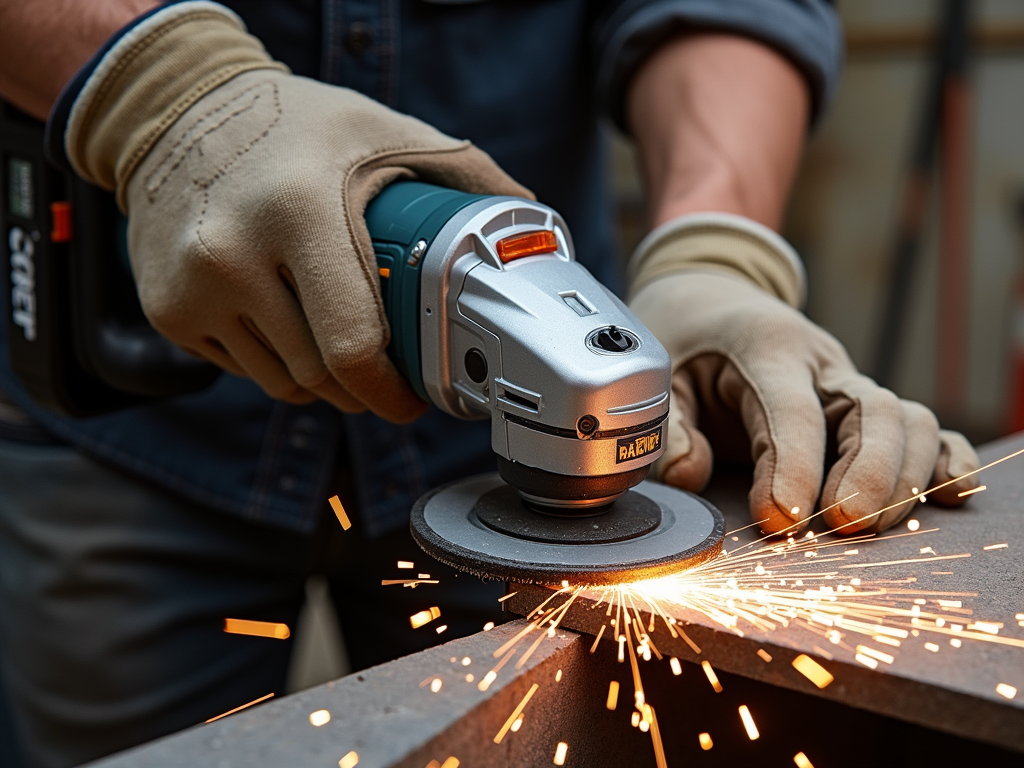
My Take: What I’ve Learned
After years of using cordless power tools, I’ve seen what works. A good battery keeps you going, but power matters just as much for big jobs. Comfort can’t be overlooked—your hands will thank you. And a reliable brand saves headaches down the road.
One time, I cheaped out on a no-name cordless saw. It died mid-project, and I had to finish with a hand saw. Lesson learned: quality pays off. Stick to these features, and you’ll find a tool that fits your life.
Extra Tips for Buyers
- Test tools in-store if you can.
- Buy spare batteries for long projects.
- Look for deals on combo kits.
- Read user reviews on sites like Home Depot for real feedback.
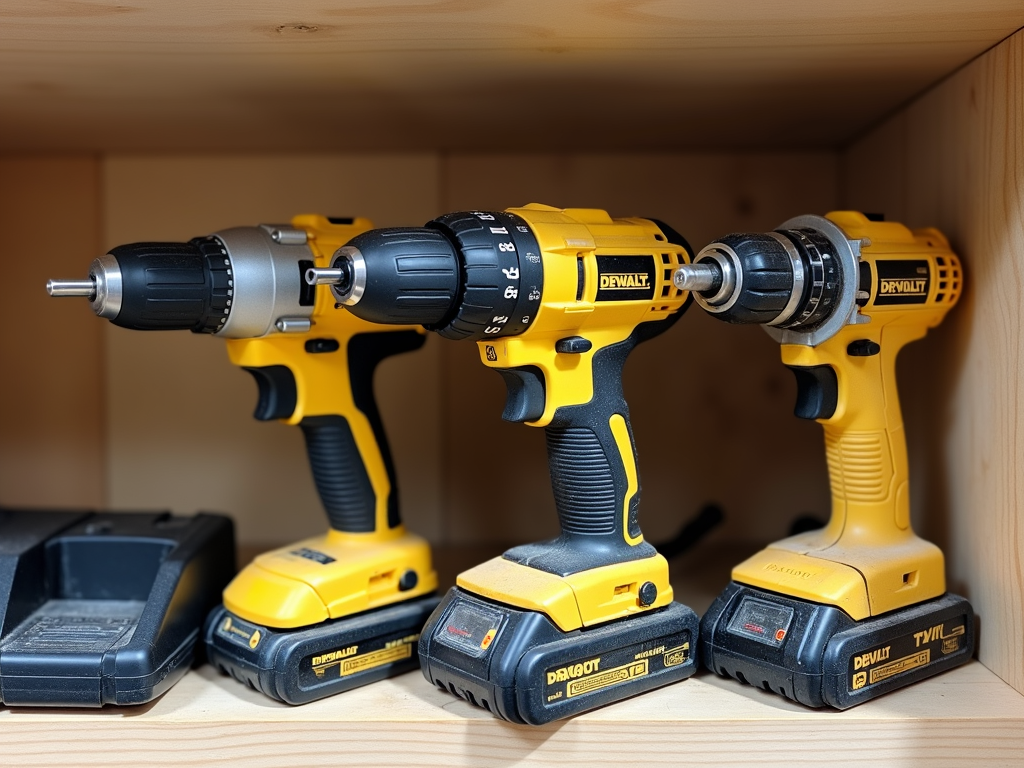
Summary
Picking the right cordless power tool means looking at battery life, power, comfort, durability, versatility, and brand trust. These features ensure your tool works well and lasts. Use this guide to find one that makes your projects easier and more fun.
Related key features to look for in cordless power tools:
- A Beginner's Guide to Power Tools for Home Workshops: Essential Tools and Safety Tips
- The Complete Beginner’s Guide to Home Wiring
- Why Upskilling Matters in Automated Factories
- Organizing Your Workbench for Maximum Efficiency: A Comprehensive Guide
- How to Keep Your Power Tools Running Strong
- Keep Your Power Tools Running Strong: The Ultimate Guide to DIY Tools Maintenance
- Choosing the Right Tools for Your Construction Project
- Top-Quality Workman Tools for Contractors: A Comprehensive Guide
- Must-Have Electrical Tools for DIY Enthusiasts: A Comprehensive Guide
- Revolutionizing DIY: How Black & Decker's Cordless Innovations Transformed Power Tools
- Choosing the Right Plumbing Tools for Your Home: A Comprehensive Guide
- Power Washer Accessories for Better Cleaning: Enhance Your Cleaning Game
